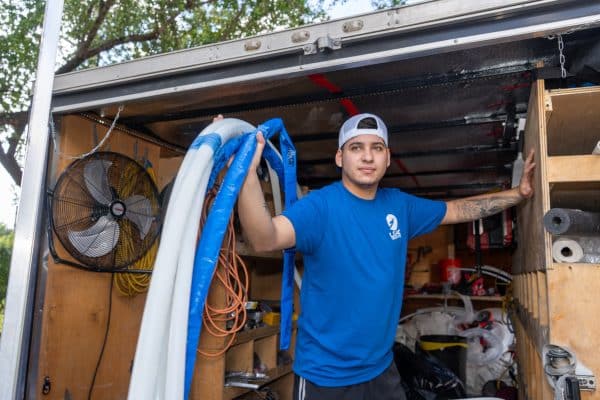Water is a precious resource, and conserving it not only helps the environment but also reduces your utility bills. In this article, we will explore practical ways to save water and money in your home, making your daily routines more sustainable and cost-effective.
Water conservation is essential in today’s world, where water scarcity is becoming a growing concern. By adopting water-saving practices in your home, you can contribute to the preservation of this valuable resource while also saving money on your water bills.
Fix Leaky Faucets and Pipes: Save Water
Leaky faucets and pipes are not only wasteful but can also lead to higher water bills. Be proactive in fixing any leaks promptly to prevent water and financial losses.
Upgrade to Water-Efficient Fixtures
Consider replacing old and inefficient fixtures with water-efficient ones. Look for products with the WaterSense label, which indicates they meet water efficiency and performance criteria.
Use Low-Flow Showerheads
Low-flow showerheads reduce water consumption without compromising water pressure or your shower experience. They are easy to install and can save significant amounts of water.
Opt for Dual-Flush Toilets: Save Water
Dual-flush toilets provide two flushing options—one for liquid waste and one for solid waste. This allows you to use less water for flushing when possible, contributing to substantial of it.
Collect Rainwater
Installing a rain barrel to collect rainwater is an eco-friendly way to water your garden or plants. It reduces the need for tap water and can lead to substantial savings over time.
Fix Running Toilets
Running toilets can waste hundreds of gallons of water per day. Check for running toilets and repair them promptly to prevent water and money from going down the drain.
Be Mindful of Appliance Water Usage: Save Water
Be conscious of the water consumption of appliances like dishwashers and washing machines. Only run these appliances with full loads to maximize water efficiency.
Install Faucet Aerators
Faucet aerators mix air with water, reducing water flow without sacrificing water pressure. They are inexpensive and easy to install, making them a simple yet effective water-saving solution.
Water Your Garden Wisely:
Water your garden during the early morning or late evening to minimize evaporation. Use a soaker hose or drip irrigation system to target the root zones of your plants efficiently.
Check for Underground Leaks: Save Water
If you notice unusually high water bills or a sudden drop in water pressure, consider hiring a professional to check for underground leaks in your plumbing system. Detecting and repairing these leaks can lead to substantial savings.
Conclusion
In conclusion, saving water and money in your home is both achievable and environmentally responsible. By implementing these water-saving strategies, you not only reduce your environmental footprint but also enjoy lower water bills over time.
Start today by fixing leaks, upgrading fixtures, and adopting water-efficient habits. Your efforts not only benefit your wallet but also contribute to the conservation of this precious resource for future generations. Water conservation is a win-win for both you and the planet.


